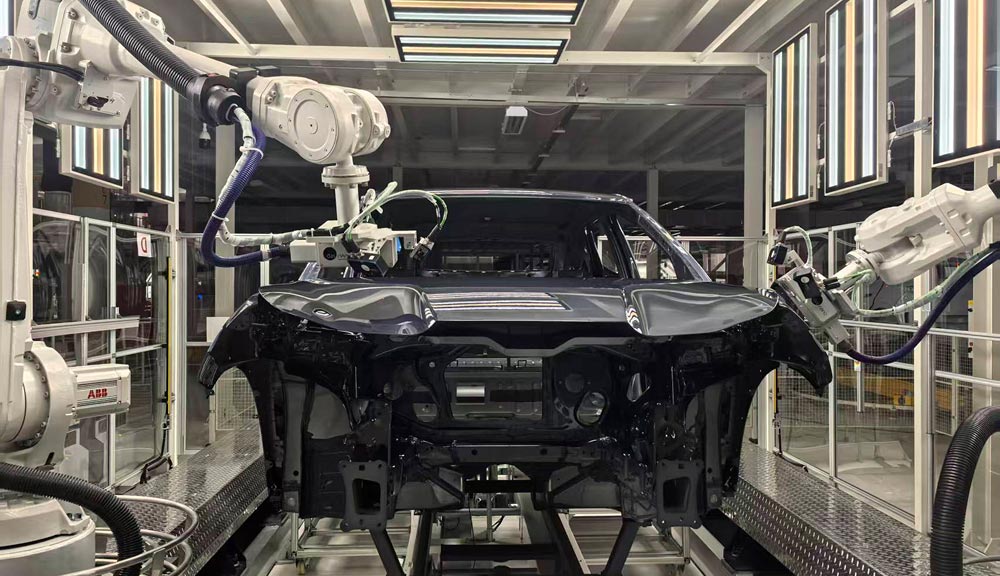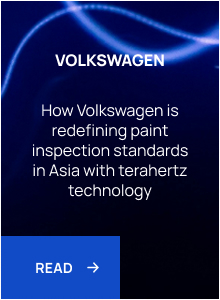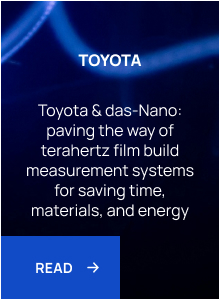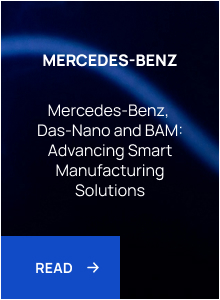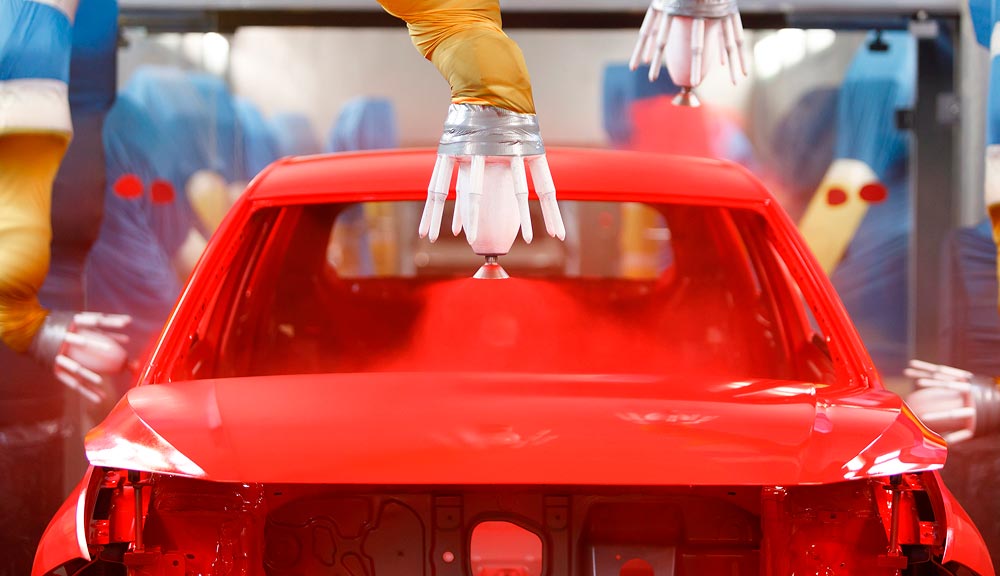1. Fast deployment and intuitive operation
For plant managers and engineers, time-to-value is essential. Our clients consistently cite ease of use and minimal training requirements as key advantages of das‑Nano’s systems. Operators can get up to speed quickly, often without external support, allowing seamless integration into existing workflows. In contrast, more complex systems on the market may require recurring assistance, retraining sessions, or specialized technical staff—slowing adoption and increasing total cost of ownership.2. Superior precision for multilayer paint measurement
When it comes to terahertz paint inspection, micron-level precision is non-negotiable. Our systems are designed to deliver real-time measurement of each layer, including clear coat, base, primer, and e-coat—non-destructively and with ±1 μm repeatability. OEMs often highlight the consistency and reliability of our measurements as a decisive factor, especially compared to alternatives that struggle with accuracy or drift in high-volume environments.3. Robotic integration and long-term stability
One of the most critical, yet overlooked, components of any inline inspection system is sensor positioning. das‑Nano systems are designed for integration with industrial robots, ensuring precise and repeatable measurements with no mechanical drift over time. In contrast, some systems rely on smaller servo motors mounted directly on the sensor head—an approach more prone to wear and misalignment in continuous operation. For manufacturers aiming for long-term reliability and minimal downtime, robotic precision makes the difference. Unlike vision-based systems, our positioning technology is built on triangulation, not image processing. This method offers significant advantages:- Greater precision, even on complex geometries
- Consistent performance regardless of lighting or surface conditions
- Robustness in high-speed production environments
Our triangulation technology is not only proprietary—it is also patented, reinforcing the unique value and differentiation of our solution in the market.
Cycle time matters. Our triangulation-based approach enables point-to-point measurement in approximately 5 seconds — including the robot’s movement, positioning corrections, and the actual Terahertz measurement, even on curved surfaces. And even if a measurement point is missed (due to car body misalignment, for example), the system flags the error on the dashboard and continues without halting. This ensures uninterrupted flow and zero bottlenecks.
Why it matters: performance drives OEM adoption
In a competitive, cost-sensitive and sustainability-driven landscape, OEMs are adopting terahertz-based paint inspection systems that deliver on three critical dimensions:
- Usability → quick onboarding, no friction for operators.
- Precision → consistent multilayer readings, even in complex geometries.
- Stability → robust mechanical design for continuous. production
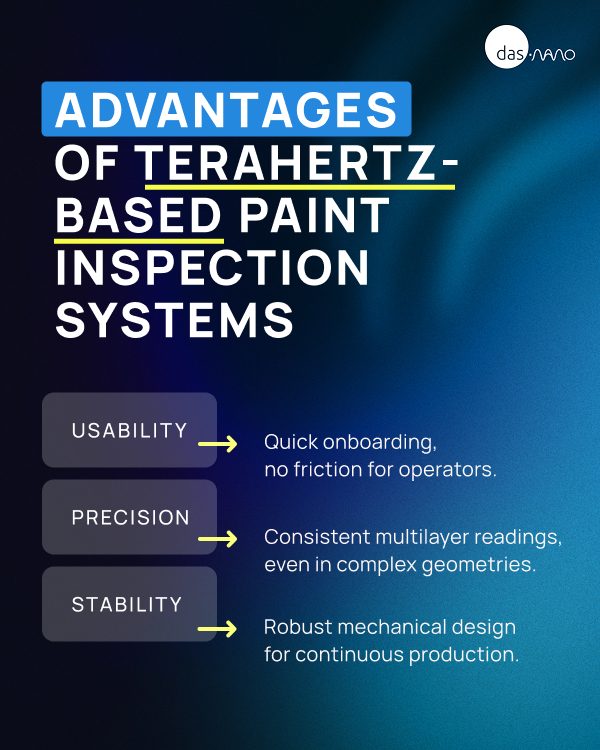
Whether evaluating new paint lines, upgrading quality control, or targeting energy and material savings, das‑Nano’s technology offers measurable performance—already proven in some of the world’s most demanding automotive environments.
Discover what leading OEMs are saying about their experience with our technology at the industry’s top trade shows and events. Explore real stories, insights, and testimonials from companies that are transforming their paint inspection processes with das‑Nano’s terahertz systems.
Looking for scalable, high-precision terahertz inspection?
